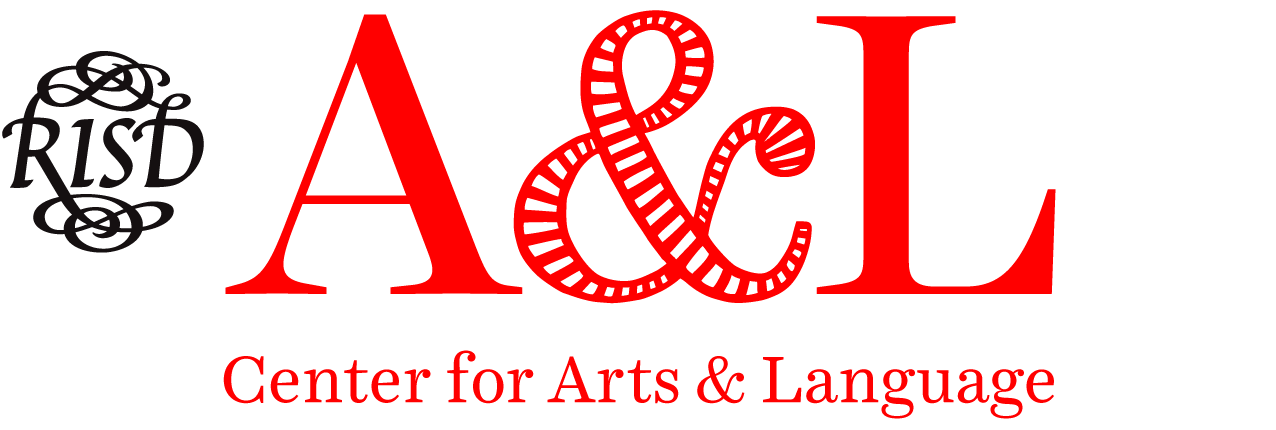Résumés & Cover Letters
Résumés
Header
Make your name prominent. Include your phone number, email address, and a link to your portfolio/website. Only add a physical address if it’s local to the job or otherwise helpful to your candidacy. If you already have it, incorporate your logo/branding.
Tips
A résumé is part of the entire body of supporting work (website, cover letter, etc.) and should share a similar graphic standard.
Create a clear and concise portrait of your experience and what sets you apart from other candidates.
Use typography to differentiate headings, titles, etc., but limit yourself to one (maybe two) fonts in a legible size.
Create categories that allow you to highlight more valuable/relevant sets of experiences.
List all categories in hierarchical order: most to least relevant, impressive, and important to the employer.
Within each category, list items in reverse-chronological order (most recent first).
Use words like “conversational,” “advanced,” or “native” to describe your multiple language skills.
Limit to one page. (Exceptions: teaching CVs and exhibition listings).
Think about white space. Is there enough for the reader to take notes?
Objective/Summary
Tells the employer exactly what you are looking for and what sets you apart. Keep it specific to the exact audience, focusing on relevant skills and contributions. This could be redundant with your cover letter, so cut if you need the space.
Education
Make RISD work for you: include your degree and concentration, a (prospective) graduation date, and even relevant courses—at least close to the start of your career. List prior degrees, pre-college, and/or summer college programs below. Only include high school if you went to a particularly prestigious or arts-centered high school.
Experience
Not limited to things you got paid for: think clubs, volunteering, relevant studios, etc. List the name of the organization/company as well as the title of your position and the dates you held it. Follow with a description of your responsibilities. Include:
Definition (for readers unfamiliar with the field/setting)
What, how, and impact (1 or 2 sentences/bullets)
Achievement (and explain its value)
Focus on translatable knowledge and skills, using terms the job description uses for what they need. Use present tense for current jobs, past tense for past jobs. Highlight more relevant jobs by making their descriptions longer.
Skills
This section can be useful if you don’t have a lot of professional experience, and can shrink as you need room for other things. Sub-categorize large skills sections (2D, 3D, computer, etc.) to prioritize what’s relevant to the job you’re applying to and keep it connected to your goals.
Honors/Awards/Exhibitions
Bonus category: only include if it feels relevant and worth the space. Consider more specific subcategories (grants, residencies, academic awards). Always include the year received, the title of the award/exhibition, and the awarding organization’s name.
Cover Letters
Header
Match your résumé in style and content. Move to signature when sending in the text of an email.
Tips
Limit your cover letter to one page (3–4 paragraphs) in a professional format that coordinates with your résumé (header, font/s, etc.).
Make sure you would want to read your cover letter. Think about your tone — professional yet sincere, concise, action-based, true to your voice.
Explaining the origin of your interest is especially important when you are “cold-calling.” Perhaps suggest an informational interview.
What you note here becomes material for your interview. Use the cover letter to guide what they will focus on and leave out anything negative or unfamiliar.
When e-mailing an application, include your cover letter in the email (in full or shortened), then attach a bundled PDF with your full cover letter and résumé.
Rename files with your name and the job title before attaching them and include the job title in the email subject line.
Think about white space. Is there enough room for the reader to take notes?
Greeting
Whenever possible, find out the name of the person this letter will go to. Otherwise, address the design team, hiring committee, etc. in general.
Introduction
Tell the employer who you are and your current level. Acknowledge who this employer is with phrasing that shows your passion and excitement for this particular company. Is it a small firm? A proactive designer? A renowned cultural institution? Point to the details that draw you to this organization. Include your reason for contacting them, naming the specific position or your open inquiry.
Pitch
The bulk of your letter should address two questions:
Why them? Research the company to learn as much as you can about what they do. Show that you understand their products, size, attitude, ethics, aesthetics, etc. Make bridges between what they do/need and who you are, using one or two concrete examples/details.
Why you? Argue that you are the candidate for the job by adopting language directly from the listing. Describe your experiences, qualifications, and skills and relate them to the position. Show what you will bring from your work/studios that will fulfill the advertised position and add to the productivity, culture, etc. of the firm.
Valediction
Thank the reader for their time. State your availability for an interview, especially if you will be traveling to the company’s location from out of town. Express your enthusiasm for the opportunity and for a chance to speak with them further.
Signature
Sincerely,
Your Name
